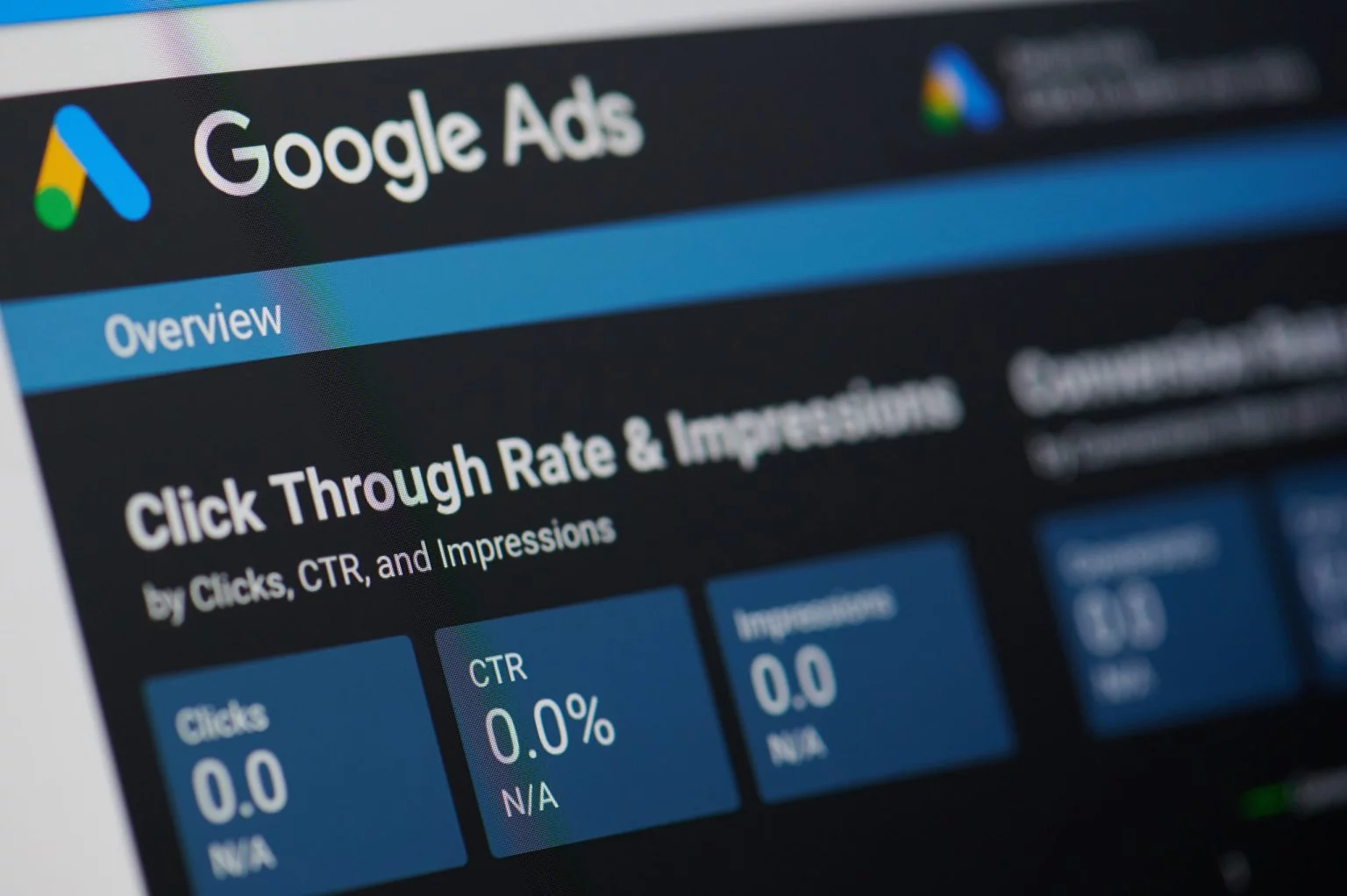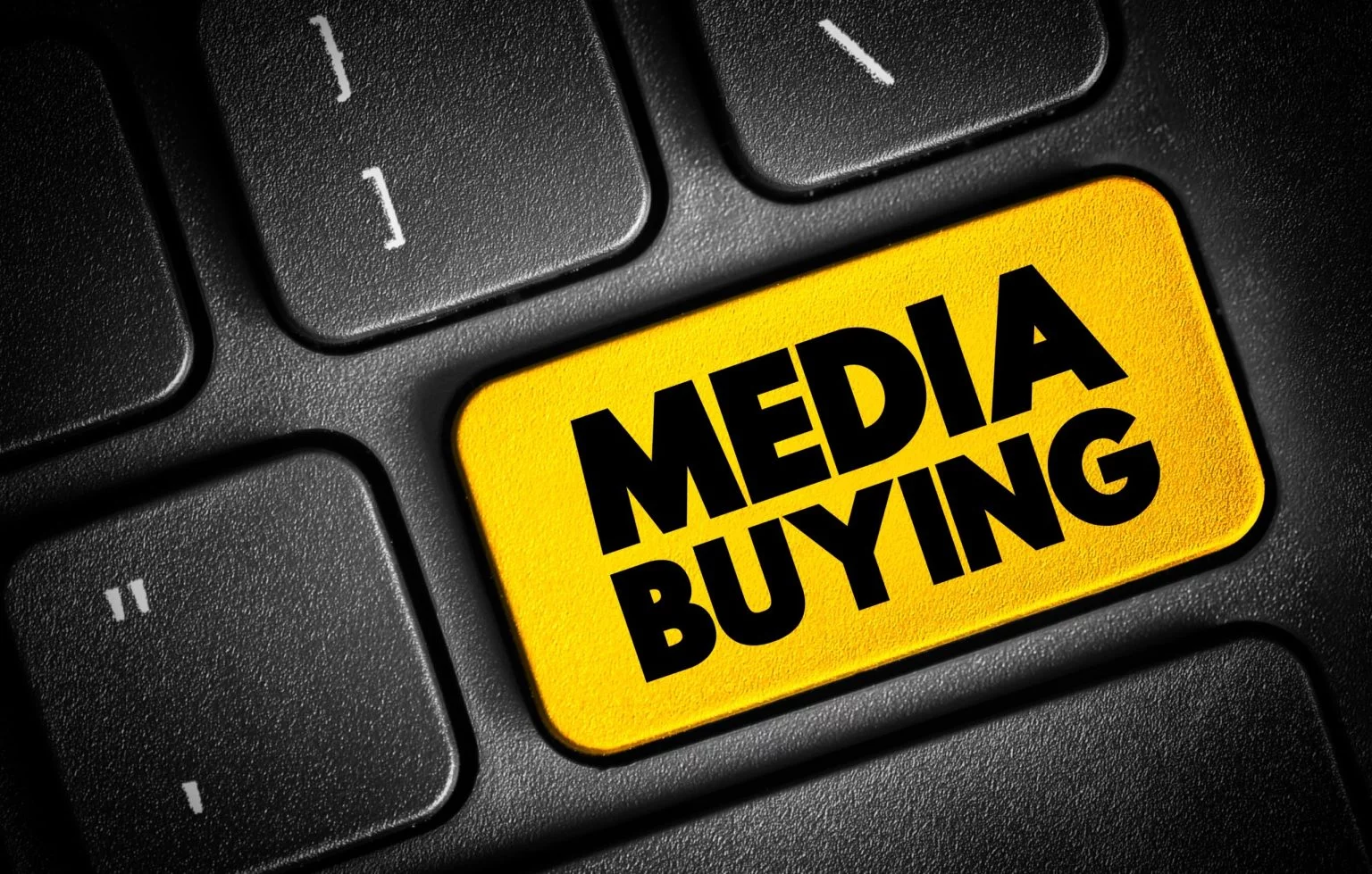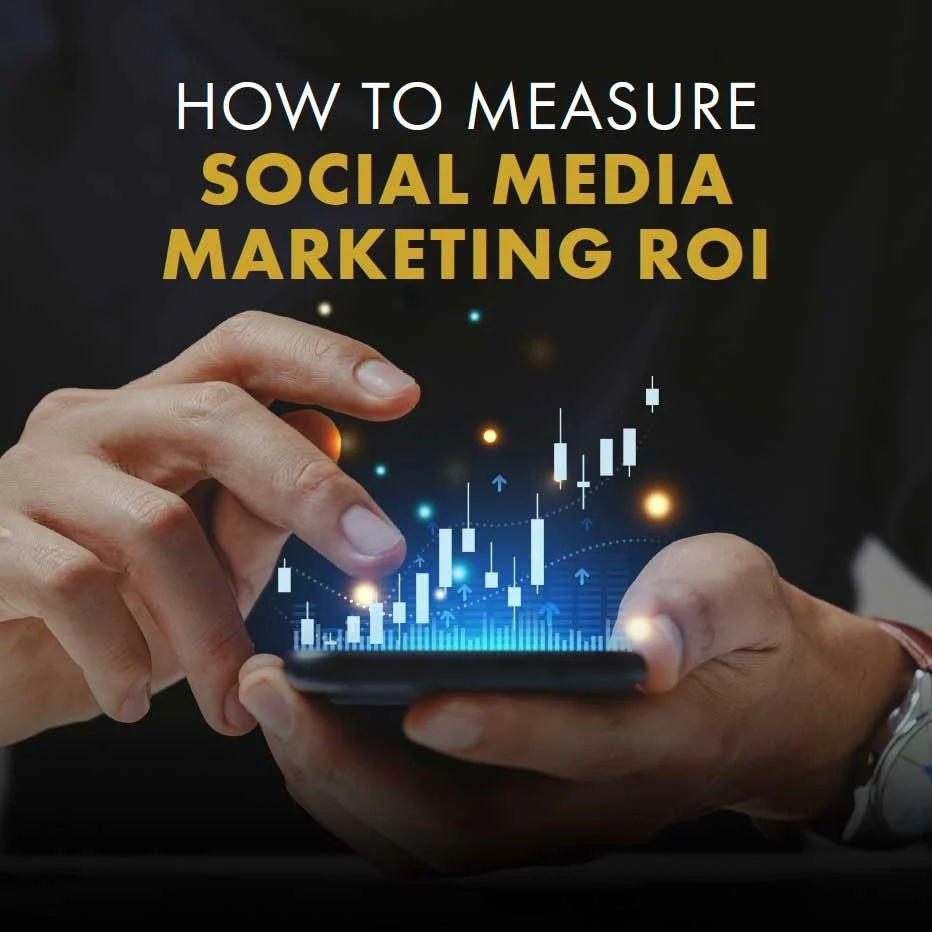
Direct mail marketing has always been a reliable method for reaching potential customers directly in their homes or businesses. Even in today’s digital age, it remains an effective way to connect with audiences in a tangible and personal manner.
However, like any marketing strategy, it’s important to understand the costs involved and plan your budget accordingly. There are several factors that influence the price of direct mail marketing. Let's take a closer look at these factors and some tips to help you effectively plan your budget.
1. Design and Creative Development
When it comes to your mail piece, the design is a big deal. It's one of the first things you need to think about, and it can really affect how much you end up spending. The fancier the design, the more it's going to cost you, especially if you want custom graphics or professional copywriting or design services. Personalized and attractive mail becomes more important, so investing in good design is crucial. A well-designed mail piece can capture attention and improve response rates, making it a worthwhile investment.
Tip: To save costs, think about using design templates or working with freelance designers who specialize in direct mail. And make sure your design fits with your brand and connects with the people you're trying to reach.
2. Mailing List Quality and Segmentation
The quality of your mailing list is another critical factor. A well-targeted mailing list helps your message hit the right people, making your campaign more effective. However, getting or renting a high-quality list with precise segmentation—like demographic, geographic, or behavioral data—can be expensive. The more specific your list, the more it costs, but it also means better chances for a good return on investment!
Tip: Regularly update and maintain your mailing list to reduce costs. Invest in data cleansing and segmentation to make sure your list is accurate and well-targeted.
3. Printing Costs
Printing is a big part of direct mail marketing costs. Things like what kind of material you use, how big the mail piece is, the printing technique (digital versus offset), and how many you need, all affect how much it's going to cost. With rising costs for raw materials and advancements in printing technology, businesses find it difficult to balance quality with cost. For example, choosing a premium paper stock can make your mail piece stand out, but it will also make the price higher.
Tip: Consider opting for bulk printing when possible, as larger quantities often lead to lower per-unit costs. Also, think about using eco-friendly materials, which can attract environmentally conscious consumers.
4. Postage and Delivery
The postage rate depends on the size, weight, and type of mail (e.g., postcards, letters, catalogs). In 2024, postal rates are expected to continue fluctuating because of economic factors and changes in postal service operations. Furthermore, additional services like tracking, expedited delivery, or international shipping can add to the cost.
Tip: To manage postage costs, consider lighter and smaller mail formats, which generally have lower rates. Take advantage of bulk mailing discounts and explore options like Every Door Direct Mail (EDDM) for local campaigns.
5. Personalization and Variable Data Printing
Personalization is everything in direct mail marketing. It can drastically improve engagement and response rates. Variable data printing (VDP) allows you to customize each mail piece with individual names, offers, or images based on the recipient’s profile. While this technology enhances the effectiveness of your campaign, it also adds up the price.
Tip: Use personalization strategically. Focus on key segments of your audience where personalization is likely to have the most impact. This way, you can manage costs while ensuring optimal effectiveness.
6. Tracking and Analytics
Tracking the success of your direct mail campaign is essential for understanding its effectiveness and ROI. Although implementing tracking methods like unique QR codes, personalized URLs (PURLs), or custom phone numbers can increase costs, they provide valuable data on response rates and customer behavior. As data-driven marketing continues to expand, investing in robust tracking methods is essential.
Tip: Start with basic tracking methods to monitor campaign performance. As your budget allows, gradually incorporate more sophisticated analytics tools to gain deeper insights.
7. Environmental Considerations
As environmental concerns continue to grow, many businesses are turning to sustainable direct mail practices. This involves using recycled paper, eco-friendly inks, and carbon-neutral mailing options. While these choices may lead to higher costs, they can also improve your brand's reputation and attract eco-conscious consumers.
Tip: Strike a balance between minimizing environmental impact and controlling costs by adopting specific sustainable practices that resonate with your brand's principles. Share these initiatives with your audience to emphasize your dedication to sustainability.
Budget Like a Pro
To effectively manage your direct mail marketing budget, follow these planning tips:
- Set Clear Objectives: Define what you want to achieve with your direct mail campaign. Whether it’s driving sales, increasing brand awareness, or generating leads, your goals will guide your budget allocation.
- Prioritize Your Spending: Identify the elements of your campaign that will have the most significant impact and allocate your budget accordingly. For example, if targeting the right audience is crucial, invest more in a high-quality mailing list.
- Test and Refine: Start with a smaller test campaign to gauge the effectiveness of your direct mail strategy. Use the results to refine your approach and allocate your budget more effectively for larger campaigns.
- Monitor Costs Continuously: Keep track of all expenses and compare them against your initial budget. Adjust your spending as needed to stay on track and ensure you’re getting the best possible return on your investment.
Key Takeways
- Understand Costs: Recognizing the various elements that influence costs, such as design, mailing lists, printing, postage, personalization, and tracking, is vital for effective budget management in direct mail marketing.
- Invest Smartly: While some elements may seem expensive, investing in high-quality design and targeted mailing lists can lead to higher response rates and better overall ROI.
- Personalization Matters: Customizing mail pieces can greatly enhance engagement, so strategically use personalization to maximize impact without overspending.
- Sustainability is Key: Eco-friendly practices not only align with growing consumer preferences but can also improve your brand's image, making sustainable choices important even in budget considerations.
- Continuous Improvement: Regularly monitoring your campaigns and assessing the effectiveness of different strategies will help refine your approach and ensure you achieve your marketing goals without going over budget.
As you kick off your direct mail marketing journey, it's important to keep in mind that careful planning and a thorough understanding of your expenses will position you for success. Shifting to an efficient budgeting approach can pave the way for more impactful marketing campaigns that truly connect with your target audience.



.webp)





















































